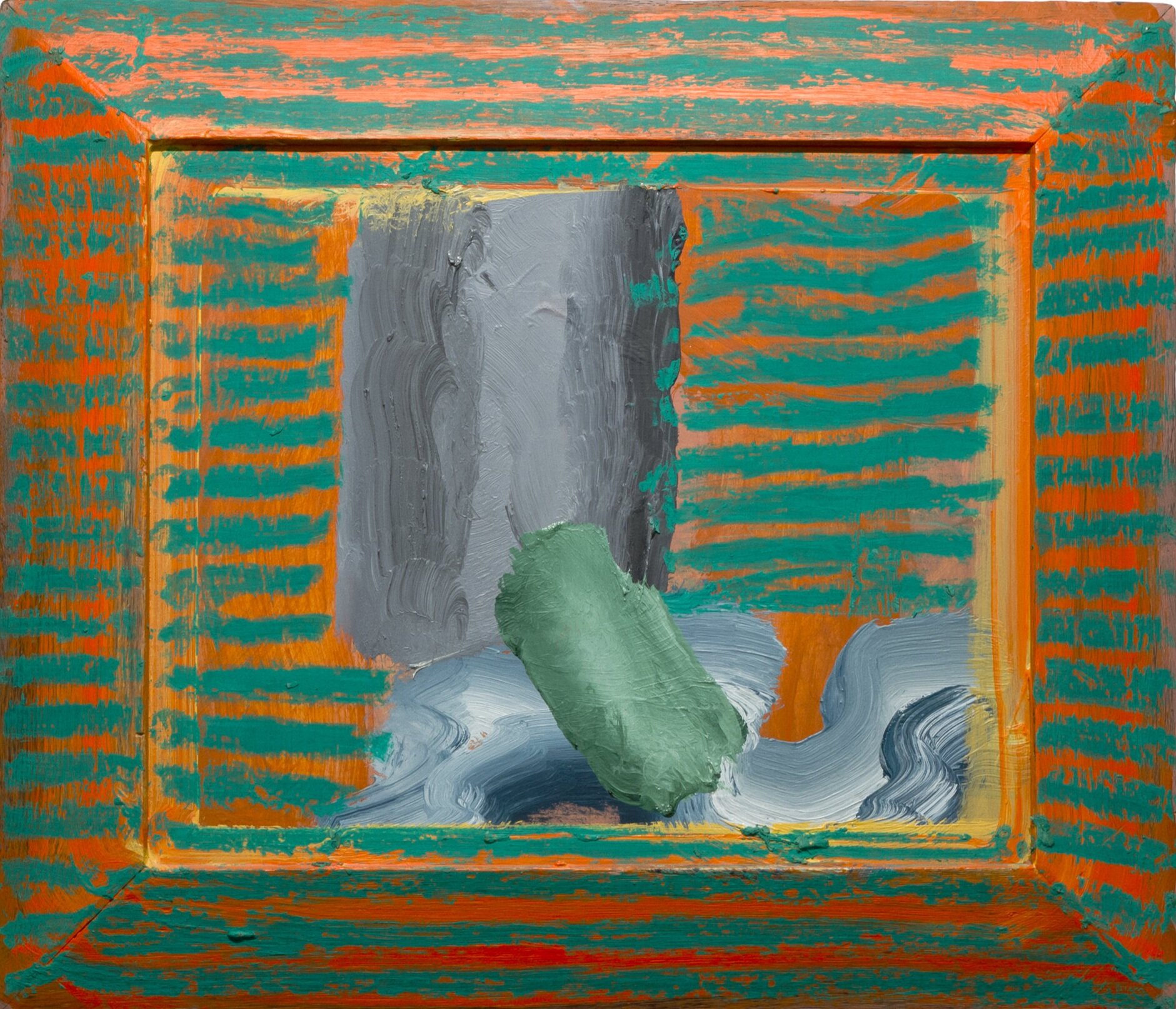exhibitions:
becoming & dissolving
The late great Howard Hodgkin is an artist who maybe more than any other of our time , imbues shape, texture and above all, colour with an immeasurable and unencumbered life force all of their own. His raw and direct use of brush strokes is at once primeval and timeless - their reach going far beyond the confines of the frame. In Hodgkin’s work elemental shapes coalesce in abstract poetry, inviting us into an unknown space beyond. To Hodgkin, the title was always the clue to the picture: each refers to the experience that triggered the painting, he said “Mostly painting is like putting a message into a bottle and flinging it into the sea.”
Hodgkin knew that he was going to be an artist from the age of 5 when he was taken to New York to visit the Museum of Modern Art and saw Matisse’s painting Piano Lesson. At Eton he was introduced to Indian art which led to develop a deep and enduring love for the country.. He went on to train as a painter at Camberwel (1949), followed by the Bath Academy of Art at Corsham (1950-54).
Hodgkin's first solo show was in London in 1962. By 1976, when Nicholas Serota, then director of the Museum of Modern Art in Oxford, gave him his first museum show, Hodgkin had made his breakthrough to the mature style for which he became known. Initially rejecting the tradition of easel painting, Hodgkin wanted his paintings to manifest themselves as objects of contemplation which led him to abandon canvas and instead paint directly onto wood, with the frame becoming integral to his practice. In 1984, Hodgkin’s reputation was firmly cemented when he represented Britain at the Venice Biennale. In 1985 he went on to win the Turner Prize. A major exhibition of his work was mounted at Tate Britain, London, in 2006.


